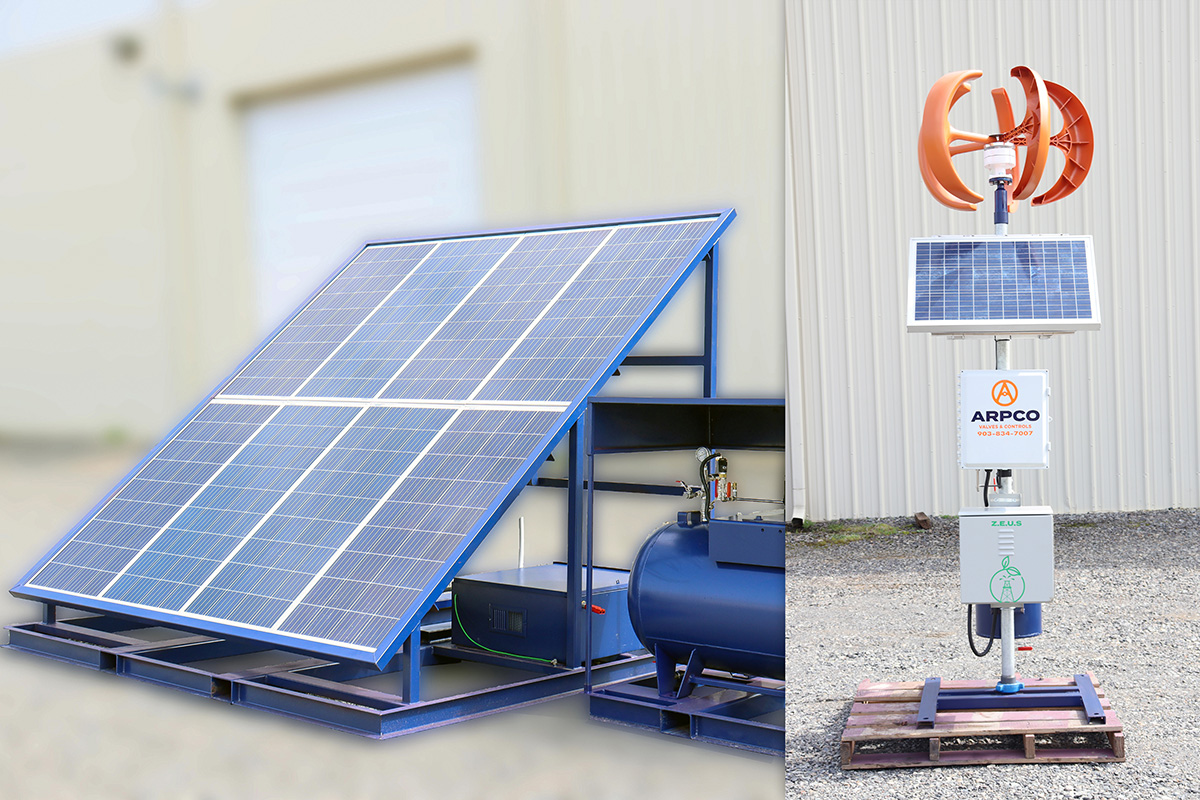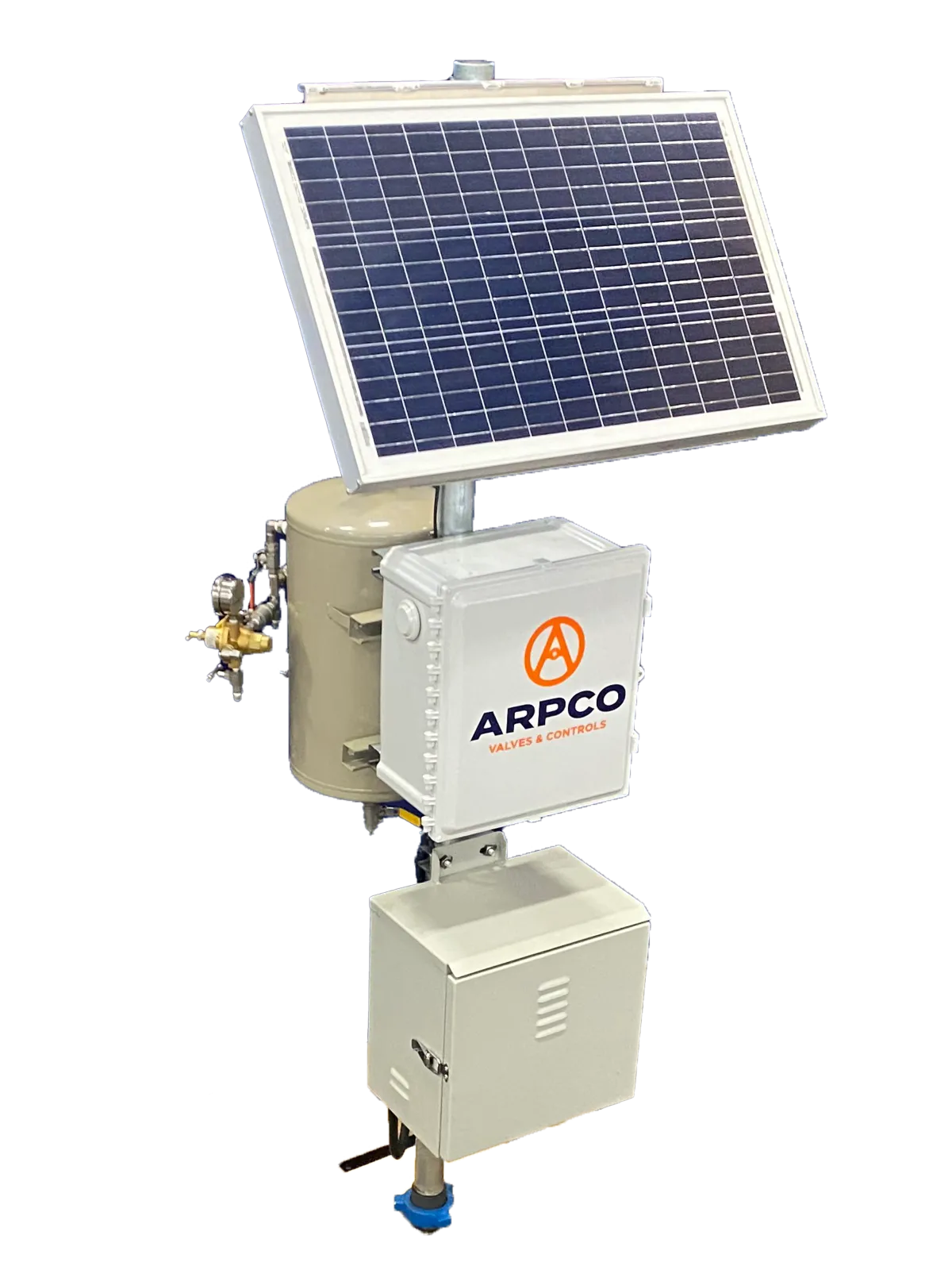
ESD valves, also known as emergency shutdown valves, are pivotal components in various industrial applications. Their primary function is to shut down systems promptly during emergencies, thereby preventing catastrophic events. These valves are integral to maintaining safety and operational continuity, ensuring that processes run smoothly and efficiently.
ESD valves are particularly essential in industries where the risk of accidents is high, such as oil and gas, chemical processing, and power generation. By understanding the importance of ESD protection valves, companies can better appreciate their role in safeguarding operations and protecting both personnel and equipment.
Understanding ESD Valves
What is an Emergency Shutdown (ESD) Valve?
An emergency shutdown (ESD) valve is specifically engineered to halt the operation of a system in the event of an emergency. This immediate shutdown capability is crucial for preventing accidents that could result in significant damage or loss of life.
ESD valves are typically found in high-risk industries, including oil and gas, where they help control the flow of hazardous materials. By stopping the flow, these valves can prevent the escalation of potentially dangerous situations. For example, in a chemical processing plant, an ESD valve can stop the flow of chemicals to prevent leaks or explosions, thereby protecting the facility and its workers.
Key Features of ESD Valves
The design of ESD valves emphasizes reliability and rapid response. These valves are constructed using robust materials capable of withstanding extreme conditions, such as high pressure and temperature. This durability is essential for ensuring that the valves function correctly during emergencies.
Key features include a quick-acting mechanism that allows the valve to shut off the flow almost instantaneously, which is vital in minimizing the impact of an emergency. Additionally, ESD valves are designed to be fail-safe, meaning they will default to a closed position in the event of a system failure, ensuring that safety is maintained even if the primary control system malfunctions.
Types of ESD Valves

Solenoid Valve in ESD Systems
Solenoid valves are a prevalent choice in emergency shutdown systems due to their precise control and rapid response capabilities. These valves use an electromagnetic solenoid that moves a plunger to open or close the valve. The main advantage of solenoid valves is their ability to provide precise control over fluid flow, making them ideal for applications that require quick and accurate responses.
In an ESD system, a solenoid valve can rapidly stop the flow of fluids, which is important during emergencies. Their compact design and reliability make them a preferred option in various industrial applications, including fuel and chemical handling systems.
Emergency Shutdown Valve Variants
There are several types of ESD valves, each suited to specific applications. Ball valves, for instance, are known for their tight sealing capabilities and quick operation. These valves are often used in applications where a complete shut-off is required.
Gate valves, on the other hand, are designed for applications that need full flow with minimal pressure drop. They lift a gate out of the fluid path, providing an unobstructed flow. Each type of ESD valve has unique advantages, making it important to select the right valve based on the application’s specific requirements. Understanding these differences can help ensure that the chosen valve provides optimal performance and safety.
Benefits of Using ESD Valves

Enhanced Safety
The primary benefit of using emergency shutdown valves is enhanced safety. By shutting down systems quickly during emergencies, these valves play a critical role in preventing accidents. For example, in an oil refinery, an ESD shutoff valve can stop the flow of flammable materials, preventing potential explosions or fires. This rapid response capability can save lives and prevent significant damage to equipment and facilities. Emergency shutdown valves are also essential in protecting the environment by preventing leaks of hazardous substances. Their ability to shut down systems swiftly helps contain spills and minimize the environmental impact of industrial operations.
Operational Efficiency
In addition to safety, ESD valves contribute to operational efficiency by minimizing downtime. When an emergency shutdown occurs, these valves ensure that the system can be quickly and safely brought back online once the issue is resolved. This minimizes the disruption to operations and reduces the overall downtime, which can be costly for industrial facilities.
Moreover, ESD valves help in maintaining the integrity of the energy system by preventing damage to equipment. By stopping the flow of fluids during emergencies, these valves protect pumps, pipes, and other components from damage, ensuring that the system remains operational and efficient.
Maintenance and Testing of ESD Valves
Regular Maintenance Practices
Regular maintenance of emergency shutdown valves is essential to ensure their reliable operation. Routine checks help identify potential issues before they lead to valve failure, ensuring that the valves function correctly during emergencies. Maintenance practices include inspecting the valve components, testing the response time, and verifying the integrity of the sealing mechanisms.
Regular maintenance also involves cleaning the valves to remove any debris or buildup that could affect their performance. By keeping ESD valves in good working condition, companies can ensure that their emergency shutdown systems are always ready to respond when needed.
Testing ESD Valves
Testing ESD valves is a critical aspect of their maintenance. Regular testing helps ensure that the valves will operate correctly in an emergency. Common testing methods include partial stroke testing and full stroke testing. Partial stroke testing involves partially opening or closing the valve to verify its operation without disrupting the system.
Full stroke testing, on the other hand, involves fully operating the valve to confirm its response time process safety and functionality. These tests help identify any issues with the valve’s operation and ensure that it will function correctly during an emergency. Regular testing is essential for maintaining the reliability and safety of the emergency shutdown system.
Choosing the Right ESD Valve for Your Needs

Factors to Consider
When selecting an emergency shutdown valve, it is important to consider several factors, including industry requirements and specific operational conditions. The type of fluid, pressure, and temperature are critical factors that determine the appropriate valve type. For example, in a high-pressure application, a valve that can withstand the pressure without failing is essential.
Additionally, the compatibility of the valve materials with the fluid being handled is crucial to prevent corrosion and ensure longevity. Considering these factors helps in selecting the right ESD valve that will provide reliable performance and safety in the specific application.
Consulting with Experts

Professional advice is invaluable when choosing ESD valves. Experts can provide insights into the best valve options for specific applications, ensuring that the chosen valve meets all operational and safety requirements. Arpco Valves & Controls offers expertise and assistance in selecting the most suitable ESD valves for various industries.
Their knowledge and experience help in making informed decisions, ensuring that the right valve is chosen for the specific needs of the process and the application. Consulting with experts can also help in understanding the maintenance and testing requirements of the chosen valve, ensuring its reliable operation throughout its lifespan.
ESD valves are essential components in ensuring safety and efficiency in industrial operations. By understanding their function, types, and maintenance needs, you can make informed decisions to protect your systems and personnel. For more information and expert guidance, reach out to Arpco Valves & Controls.
FAQs About ESD Valves
What is an ESD valve and how does it work?
An ESD (Emergency Shutdown) valve is designed to halt the operation of a system during an emergency. It works by automatically closing to stop the flow of fluids when a critical situation is detected, such as a leak or a pressure anomaly. This rapid closure helps to keep hydraulic pressure and prevent accidents, equipment damage, and environmental harm.
What industries typically use ESD valves?
ESD valves are commonly used in high-risk industries where safety is paramount. These include oil and gas, chemical processing, power generation, and refineries. Any industry that handles hazardous materials or operates under high pressure and temperature conditions can benefit from the use of ESD valves to enhance safety and operational reliability.
What are the key differences between solenoid valves and other types of ESD valves?
Solenoid valves use an electromagnetic solenoid to control the valve’s operation, providing precise control and rapid response times. Other types of ESD valves, such as ball valves and gate valves, operate using different mechanisms. Ball valves offer tight sealing and quick operation, while gate valves provide full flow with minimal pressure drop. The choice between these types depends on the specific requirements of the application.
How often should ESD valves be tested and maintained?
It is recommended to perform routine inspections and testing at least annually, though more frequent checks may be necessary depending on the operational conditions and regulatory requirements. Maintenance practices should include cleaning, inspecting valve components, and verifying the response time to service and sealing integrity.
How can I choose the right ESD valve for my application?
Consulting with experts, such as those at Arpco Valves & Controls, can help you navigate these considerations and select a valve that meets your operational and safety needs. Professional advice ensures that you choose a valve with the right specifications and materials to provide optimal performance and longevity.





